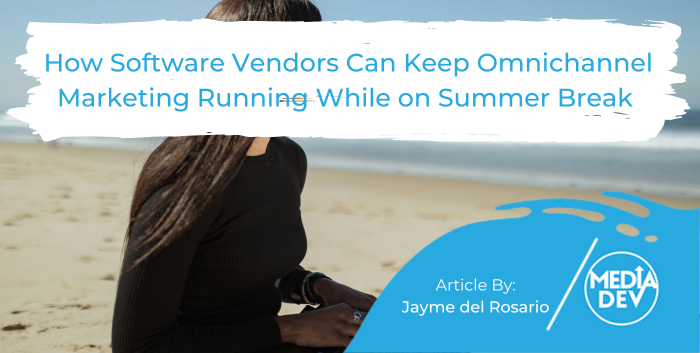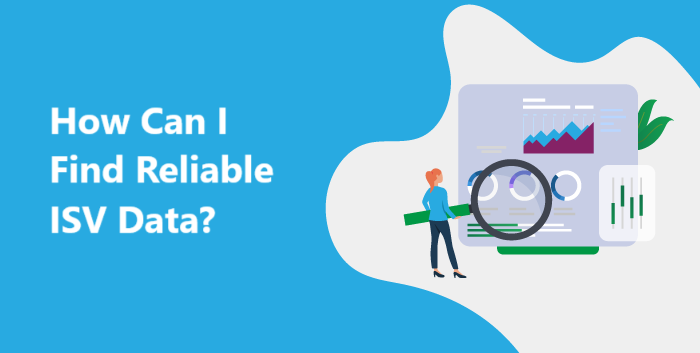I’m sure you’ve been hearing a lot of buzz lately about how “content marketing is the new advertising”, and how “content is king” in today’s modern world of consumer-savvy marketing. No-one would deny that having great content is the best way to increase brand awareness and educate your target audience. But it can be difficult to correlate the relationship between content and an increase in sales. When I speak to clients, increasing sales is, of course, the main goal they hope to accomplish from their content, so how do you go about doing that?
In my opinion, it is unrealistic to tie a single piece of content to an increase in company revenue, and brand awareness outreach programs need to be ongoing efforts that are well planned out and executed over time. So what realistic business goals can you set out for your content? How can you ensure that the right people are reading and engaging with your content?
I always joke and say that only my mom reads the stuff I write (which actually isn’t true since my former school-teacher mom has no idea what I’m talking about half the time so she’s stopped reading my blogs! LOL). Of course, as a business, one would hope that your fans go beyond your immediate family (or your employees), but building a solid prospect base is not an easy undertaking. It’s important to have the right strategy in place to continually generate high quality leads, and track those leads from point of contact to point of sale.
Quarter after quarter, we promote our clients’ content with thought-out tactics (both online and offline). Combining both inbound and outbound marketing methods is what works best because even the best of content can fall flat if you don’t actively promote it (in the right channels). So what’s the most effective way to manage and promote content so that it will have a lasting (positive) impact on your brand?
Here are a few tips to get you started:
Set goals for your content and track them with metrics
As mentioned above, some goals that we set out for our content can be lofty and next to impossible to track ROI. Monitoring the performance of your content will help determine if you are increasing followers, reaching more of the right people, and generating a relevant pipeline of inbound inquiries as a result of it. Be specific when you set goals — don’t say “we want to increase the number of followers to our blog”, but “we would like to have 500 new followers to our blog by the end of the year.”
Tracking the metrics associated with your content will help you see if what you are doing is working. Relevant content marketing metrics should include lead tracking, website traffic and social media engagement. In his post The 4 Types of Content Metrics That Matter, Jay Baer lays out a framework for deciding which metrics to track:
- Consumption metrics: Page views, downloads, visits
- Sharing metrics: How many times is your content shared on social media?
- Lead generation metrics: How often do visitors opt-in to your list, submit a form or request a quote
- Sales metrics: How often do leads turn into actual sales?
Your strategy should outline which method or methods you are going to use, how you are going to implement them, and the techniques to monitor them over time. If you don’t do this, you won’t know if your efforts are working (or which ones work better than others).
Conducting a content audit before and after you’ve started this process is the best way to make sure your strategy is well organized and on target. If you don’t know how to design the framework for your audit, ask for help! Content marketing experts have templates that they use to get the process started, but you can also start by asking yourself some simple questions:
- Who are your competitors and where are they present?
- What makes your offer unique?
- How do you want to stand out?
- What do your current customers say?
- What assets do you have and what has the reactivity to those assets been thus far?
Taking time to prepare before posting everything you have everywhere you can will save you a lot of time and energy in the long run.
Focus on being buyer-centric
Understanding your buyer personas (what they want and how they want it) needs to be at the core of your content marketing strategy. Just as your assets themselves need to be customer-focused, so does your content strategy. Carlos Hidalgo of Chief Content Office Magazine lays out three elements of a buyer-centric content strategy:
- Understanding what motivates buying behavior among your audience
- Knowing which types of content your audience prefers, how and where they want to access it
- Understanding your visitors’ path to purchase, and then using your content to move visitors through this path
Paying close attention to your website analytics is key to determining each of these three elements.
Promote content across channels
“Multi-channel” is another one of those buzz-words of the moment, but it’s an important one nonetheless. Consumer-centric strategy dictates that you be present across channels since not everyone wants to see the same content in the same way. This doesn’t mean that all of a sudden you need to be everywhere all at once — only where you know your target buyer personas are likely to be. As mentioned earlier, using a combination of both inbound and outbound tactics (telemarketing, emailing, social media presence) to get your content in front of the right eyes is the best way to cover all your bases. But don’t confuse multi-channel with mobile-friendly; all of your content should be mobile-accessible regardless.
Align expectations between sales and marketing
Making sure that the marketing work you’re doing is benefiting your sales team is much easier said than done. Tension between sales and marketing is frequent and can often be attributed to a misalignment in goals and expectations. Make sure to include your sales team in the development of your campaigns, so that they understand what you are doing and why; get their feedback throughout the process to ensure you’re on the right track so that the leads being generated from your content are high-quality ones (and are useful).
Conclusion
With a little bit of planning, a dash of patience and pinch of perseverance, your content recipe will have the impact on sales that you’re looking for. Of course, it won’t be an immediate “quick fix” and you’ll need great assets and storytelling to convey your messages to your target audience. But in the end, helping to lead your buyer personas on their buyer’s journey can only help increase awareness and legitimacy for your brand.










